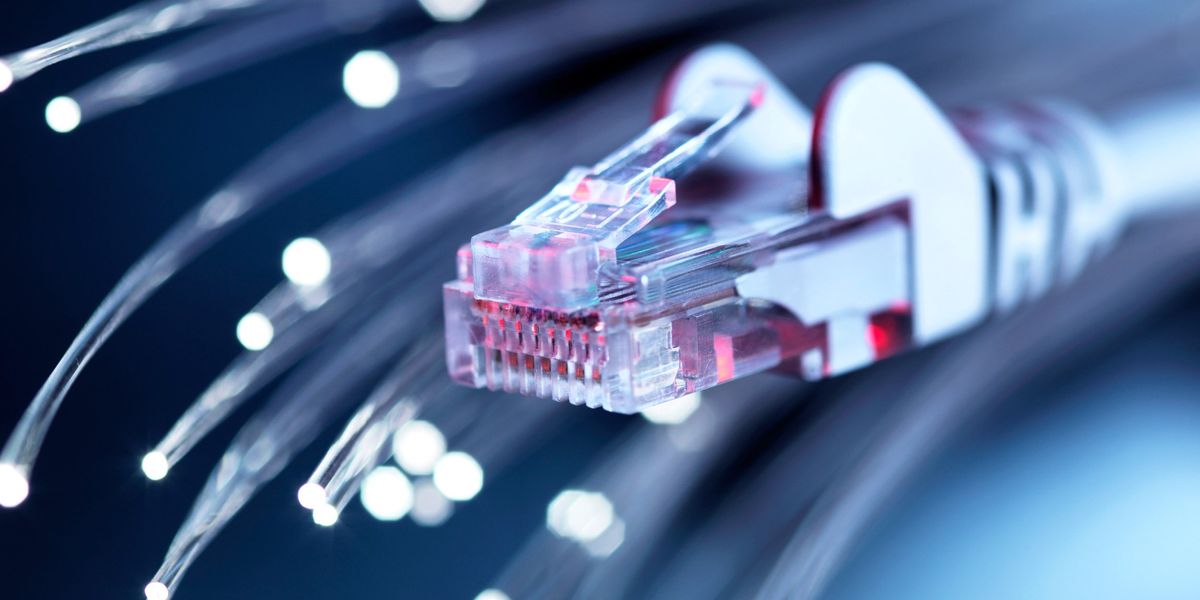Cat6a and above has a maximum speed transmission of 10,000 Mbps. ISPs have a long way to go before they can try and sell us new cable standards.
What does an “Internet Service Provider” (ISP) have to do with Local Area Network (LAN) standards? Also CAT6a has already been superseded by Cat8. In high throughput LAN applications Cat8 has been replaced with DAC or AOC in order to run 25,000 Mpbs or higher. Frankly 25 Gbps is considered the standard speed for any modern server environment and 100Gbps is not uncommon in larger ones.
Not everything is a home network.
I think their point is that Ethernet will never go away so long as residential network speeds are below the cable capacity, which frankly I don’t see happening ever
I agree that Ethernet isn’t going away any time soon and I promise I’m not being intentionally obtuse here but exactly what do you mean when you say “Ethernet will never go away so long as residential network speeds are below the cable capacity…”
Network bandwidth rarely approaches 25gb/s in residential applications, it’s unlikely that you will bottleneck at the Ethernet with its current capabilities.




